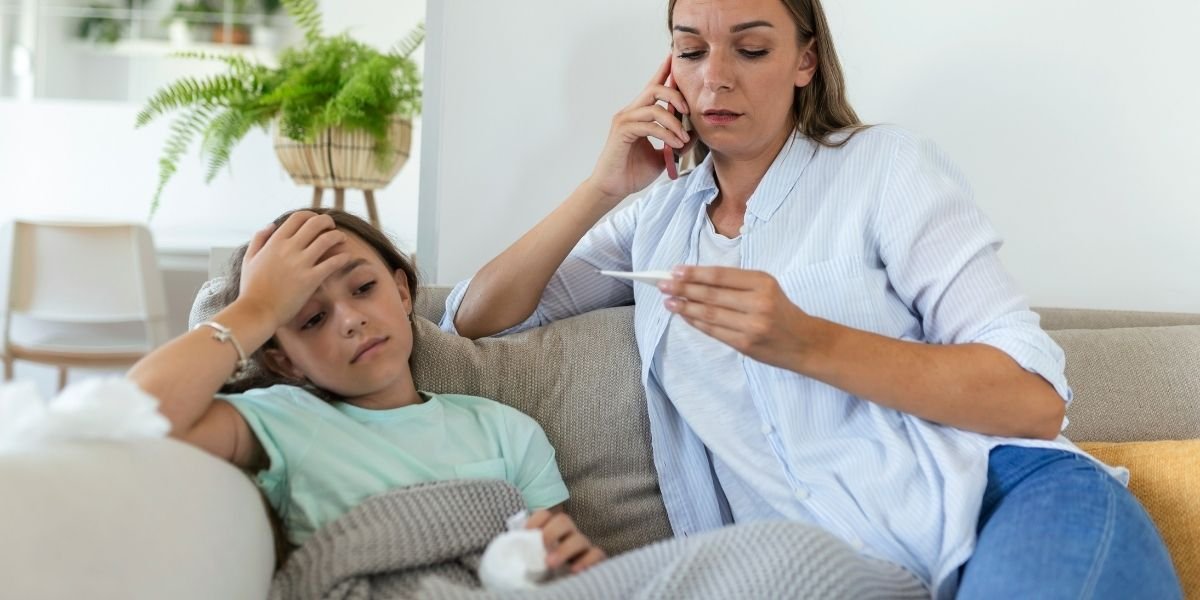Why Is Chicago Expanding Mosquito Spraying Now?
Chicago health officials have confirmed multiple human cases of West Nile virus, prompting an expansion of mosquito spraying across the city. The decision follows weeks of elevated mosquito trap data and environmental conditions that favor virus transmission. With summer temperatures holding steady and rainfall creating ideal breeding grounds, the city is taking extra steps to reduce exposure and limit the spread.
West Nile virus is transmitted through the bite of infected mosquitoes, particularly those from the Culex species. While most people who contract the virus experience mild or no symptoms, some develop serious complications, including neurological issues. The virus has been present in Illinois for decades, but outbreaks tend to spike during warm, wet months when mosquito populations surge.
For residents already dealing with heat advisories and unpredictable weather, the added concern of mosquito-borne illness can feel like one more thing to manage. It’s understandable to feel frustrated by the need for extra precautions, especially when the risks aren’t always visible. That’s part of why the city’s response is focused on prevention and transparency.
Where Is Mosquito Spraying Happening in Chicago?
The Chicago Department of Public Health has identified several neighborhoods for targeted mosquito spraying based on trap surveillance and historical data. Areas with higher concentrations of standing water, dense vegetation, and previous virus activity are being prioritized. These include parts of the South Side, Northwest Side, and near forest preserves where mosquito populations tend to be more active.
Spraying typically occurs during evening hours when mosquitoes are most active and human exposure is lower. Trucks equipped with ultra-low volume sprayers release a fine mist of insecticide designed to kill adult mosquitoes on contact. The chemicals used are approved for public health use and are applied in concentrations that minimize risk to people and pets.
Residents in affected areas are notified in advance through city alerts and signage. While the spraying is not mandatory to avoid, health officials recommend staying indoors during application and covering outdoor items like toys or furniture. The goal is to reduce mosquito populations quickly and prevent further transmission of West Nile virus.
How Does West Nile Virus Affect Chicago Residents?
West Nile virus can affect anyone, but older adults and those with weakened immune systems are more likely to experience severe symptoms. These can include fever, headaches, body aches, and in rare cases, inflammation of the brain or spinal cord. Most infections go unnoticed, but when symptoms do appear, they can be disruptive and require medical attention.

Photo Credit: Unsplash.com
Chicago’s health department tracks both mosquito activity and human cases to guide its response. When virus-positive mosquitoes are found in traps, it signals a higher risk of transmission and triggers additional spraying. Confirmed human cases add urgency, especially when they occur in clusters or in areas with vulnerable populations.
The city also monitors weather patterns, since warm nights and stagnant water create ideal conditions for mosquito breeding. After heavy rains, catch basins, gutters, and backyard containers can become breeding sites. Public outreach efforts encourage residents to empty standing water and report problem areas to city services.
What Can Residents Do to Reduce Mosquito Exposure?
While the city handles large-scale spraying, individual actions still play a role in reducing mosquito exposure. Wearing long sleeves and pants during peak mosquito hours, using insect repellent, and keeping window screens intact can help limit bites. Removing standing water from yards, planters, and gutters is also important, as mosquitoes lay eggs in shallow, stagnant water.
Community groups and block clubs have also stepped in to distribute repellent and educate neighbors about prevention. Some neighborhoods have organized clean-up days to remove debris and improve drainage, especially in alleys and vacant lots. These efforts complement the city’s spraying program and help build awareness at the local level.
For those living near parks or wooded areas, mosquito activity tends to be higher. Staying alert and taking small precautions can make a difference, especially during peak summer months. While no method guarantees complete protection, combining city efforts with personal habits helps reduce overall risk.
Is Mosquito Spraying Enough to Control West Nile Virus in Chicago?
Mosquito spraying is one part of a broader strategy to manage West Nile virus in Chicago. It’s effective at reducing adult mosquito populations quickly, but it doesn’t eliminate breeding sites or prevent new mosquitoes from emerging. That’s why the city combines spraying with larvicide treatments, public education, and ongoing surveillance.
Larvicide is applied to catch basins and standing water to kill mosquito larvae before they mature. This method targets the source of the problem and helps keep populations in check over time. Surveillance teams monitor mosquito traps across the city, testing samples for virus presence and adjusting response plans as needed.
Chicago’s approach is shaped by years of data and seasonal patterns. While outbreaks vary from year to year, the city has developed protocols to respond quickly and minimize health impacts. The goal is not to eliminate mosquitoes entirely, but to keep virus transmission low and protect residents from serious illness.
For those who’ve experienced mosquito-related health issues or live in high-risk areas, the concern is real. It’s not just about nuisance bites, but about staying safe and informed. The city’s expanded spraying program reflects that urgency and aims to support neighborhoods where the risk is highest.







